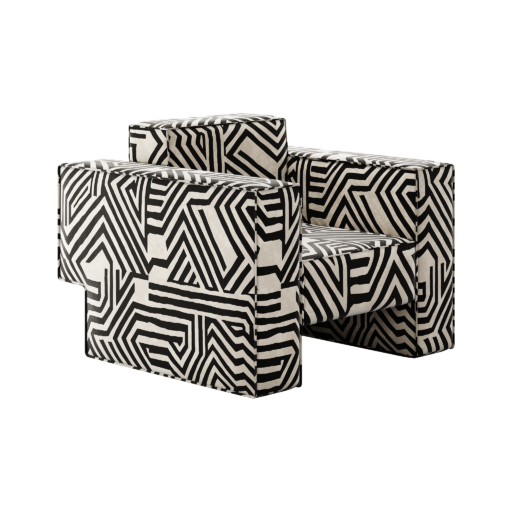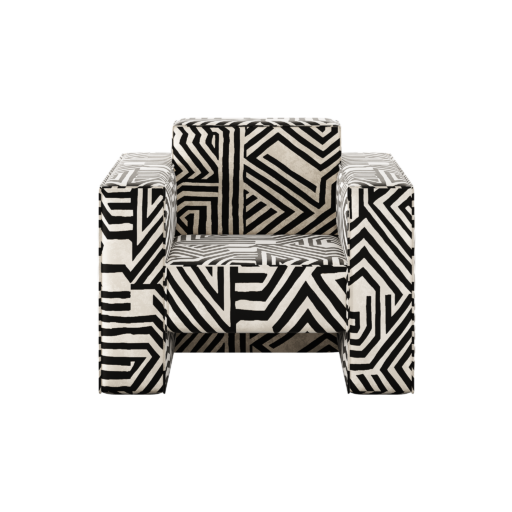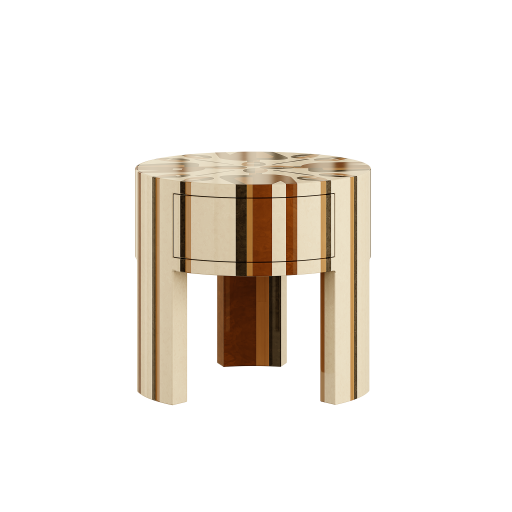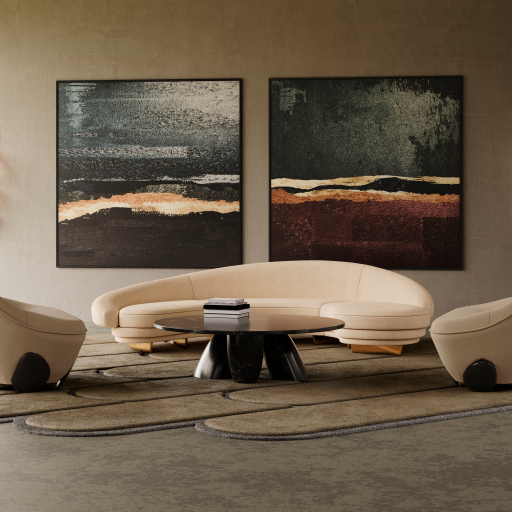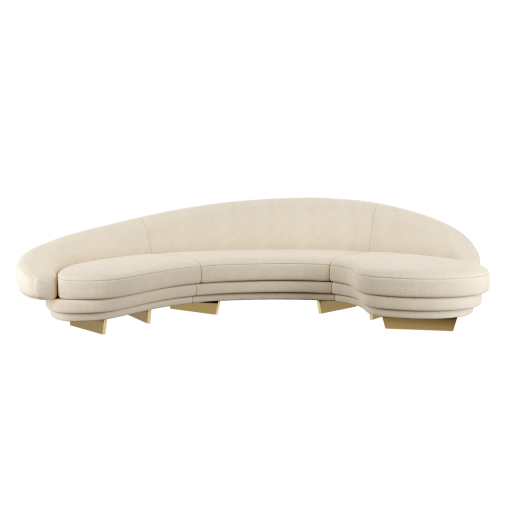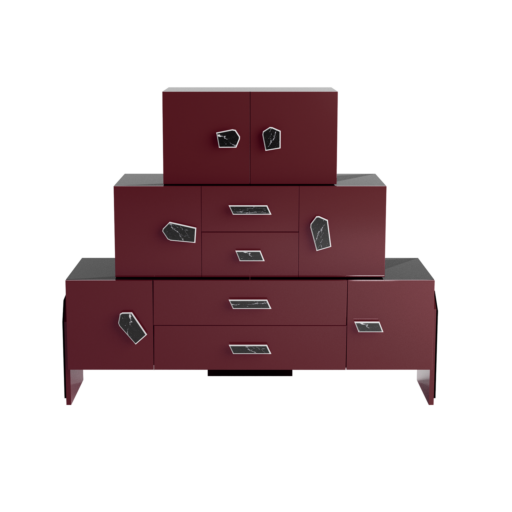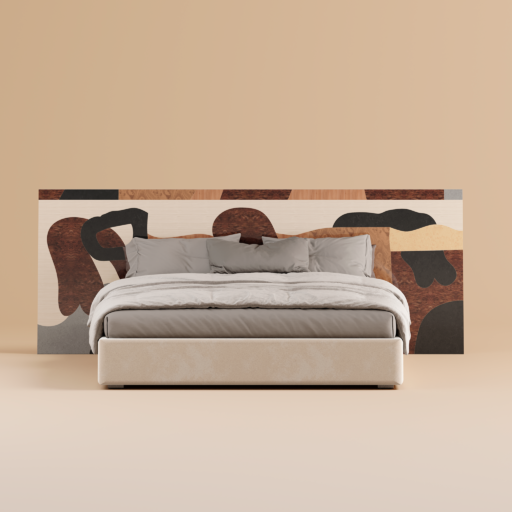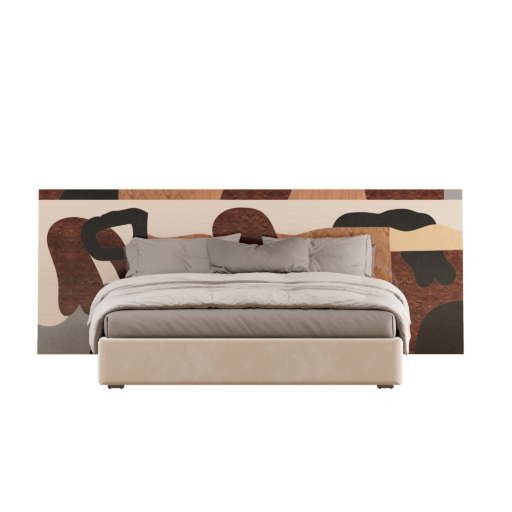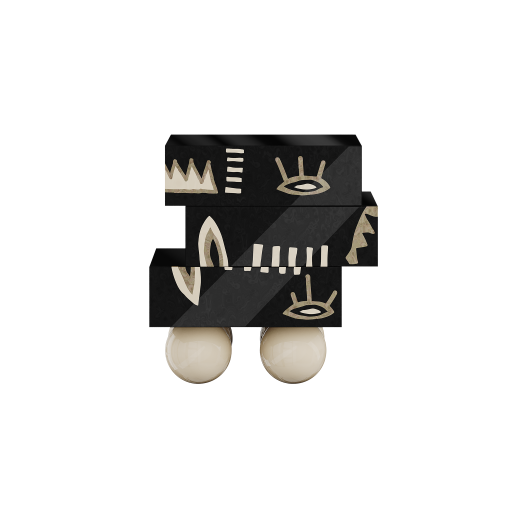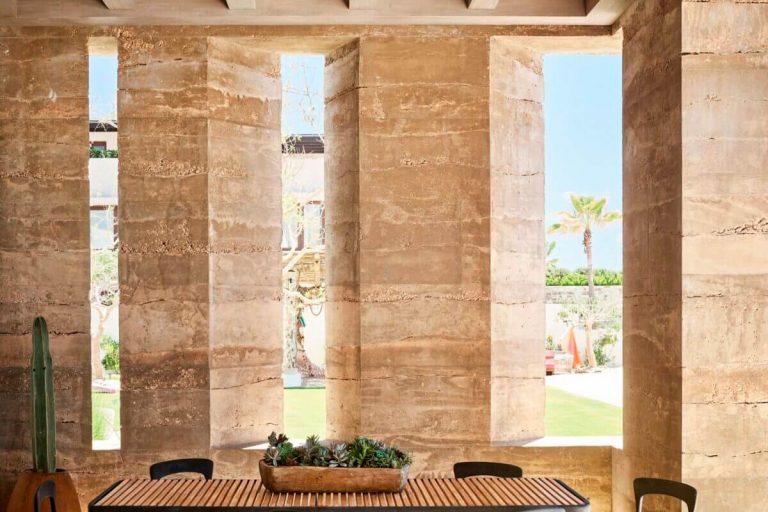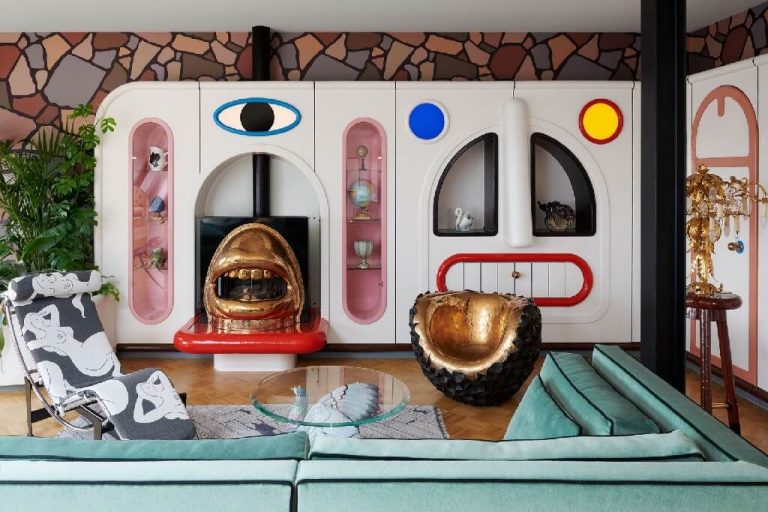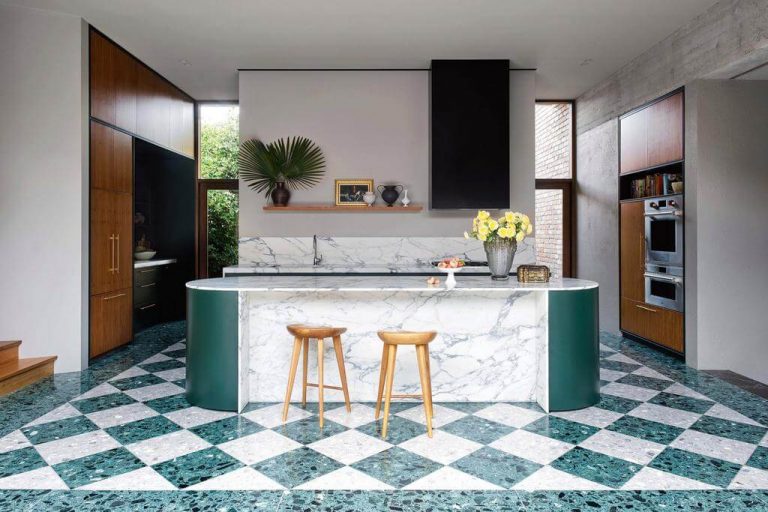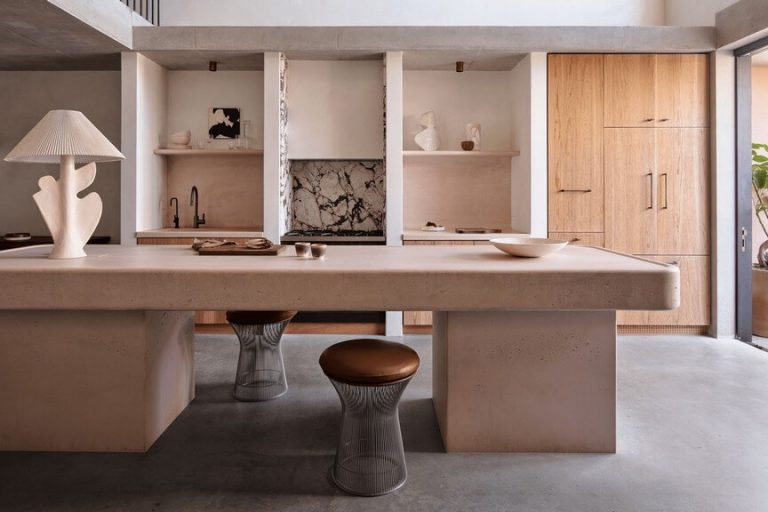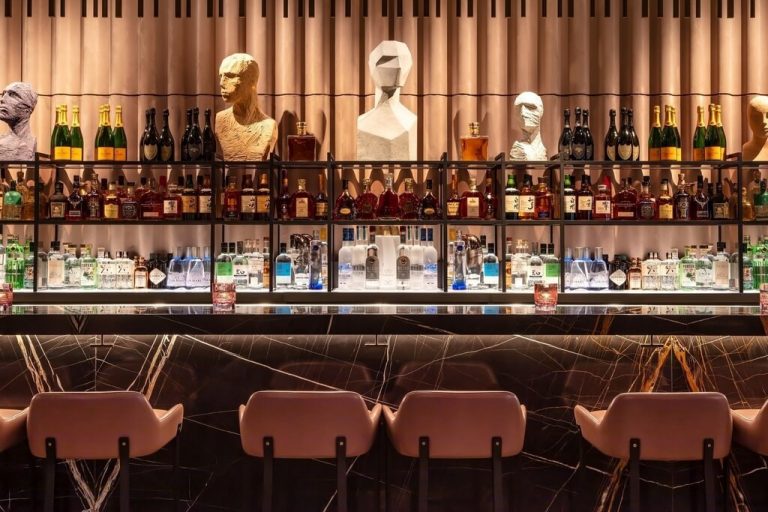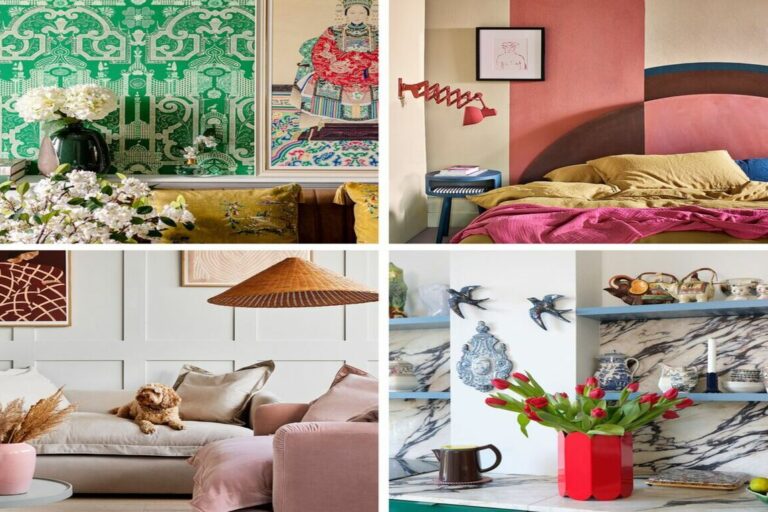A Bold Masterpiece of Chinese Interior Design Infused with Art and Style
Chinese interior design is more than decoration—it’s a way of life. It blends art, culture, and nature to create spaces that feel alive and deeply personal. In this home, designed by Wang Ju for Jian Xia, every detail reflects a balance of beauty and function. From sunlit galleries to quiet bedrooms, the design invites calm, comfort, and reflection.
This house is not just a place to live. It is a poetic journey through spaces where minimalism meets artistic expression. Let’s explore how Chinese interior design transforms each room into a sanctuary.
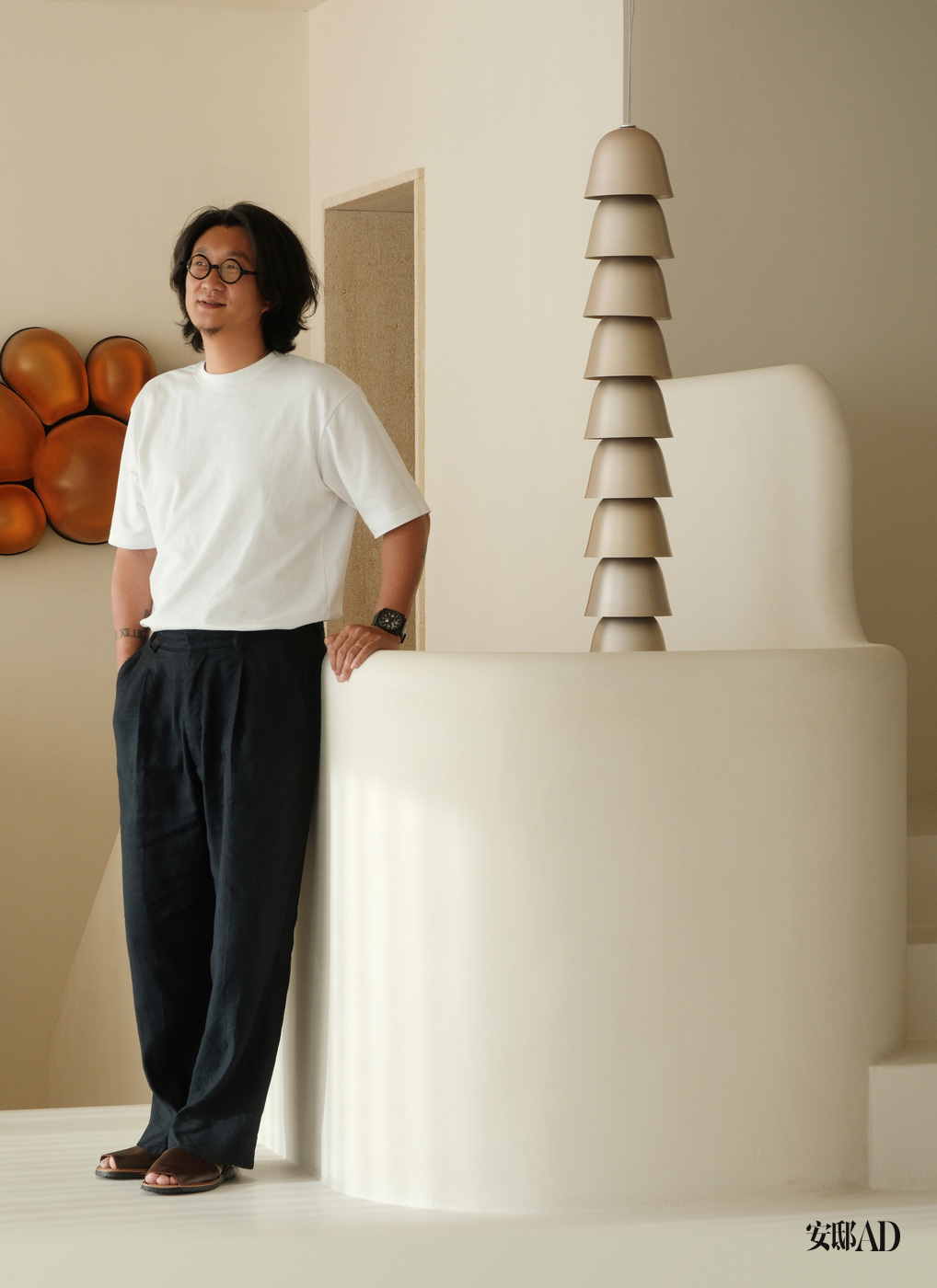
Entryway: A Soft and Artistic Welcome
The entryway sets the tone with an understated elegance. Walls feature bas-relief carvings of the word “Tranquillité,” meaning tranquility in French. The delicate texture lends a soft visual rhythm to hard surfaces. Sculptural shelves hold carefully chosen artworks, guiding visitors like a living gallery.
In the hallway, earthy tones and natural materials create a sense of warmth and calm. A large, textural wall artwork dominates the space; its layered surfaces reflect light in subtle ways. At the base, sculptural metallic forms rest like polished stones, adding an organic yet modern accent.
Natural light filters gently into this space, touching stone and wood elements. The lighting is warm and inviting, avoiding harsh light. Every item feels intentional, reflecting a core principle of Chinese interior design: simplicity with emotional depth.
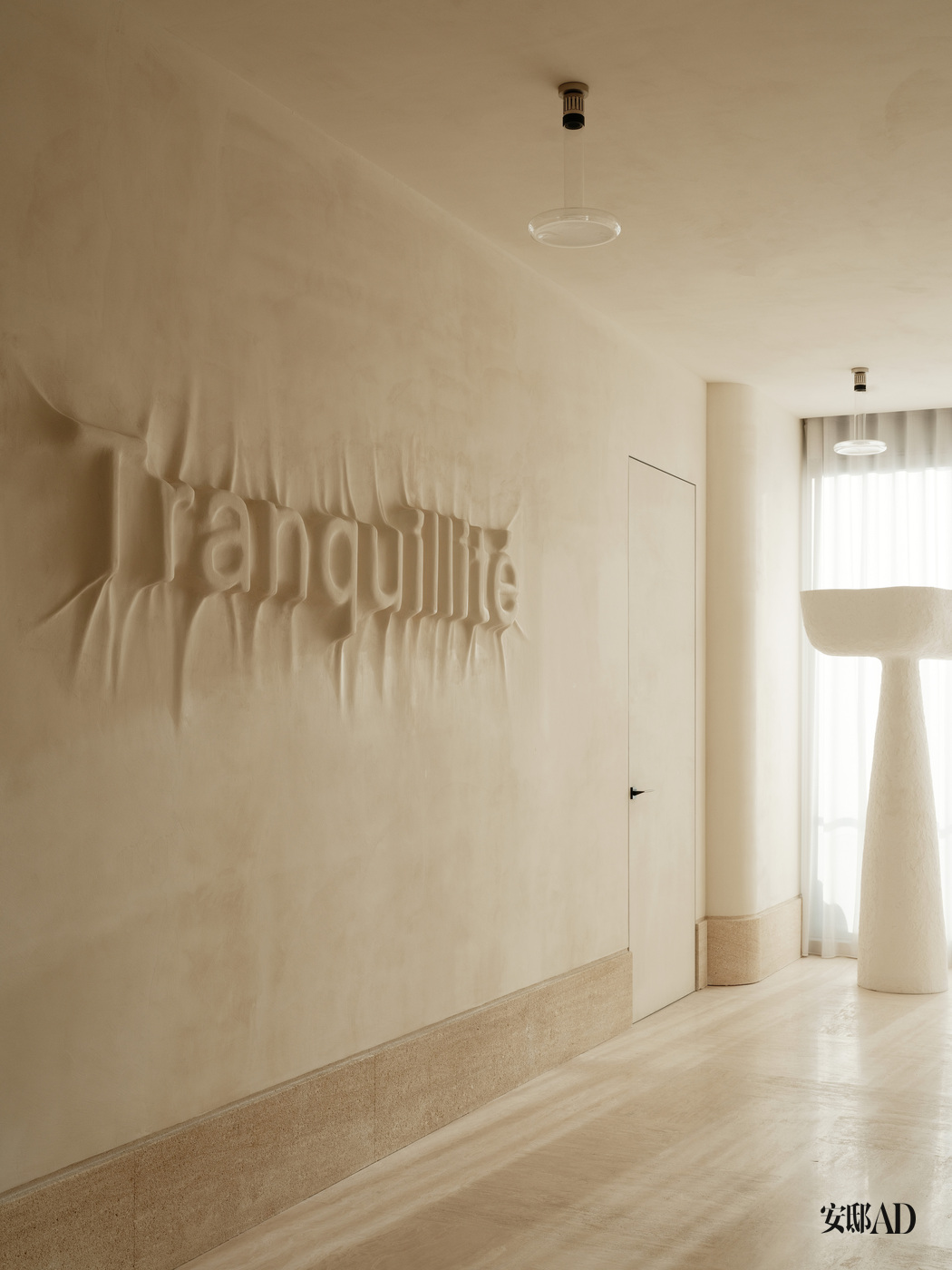
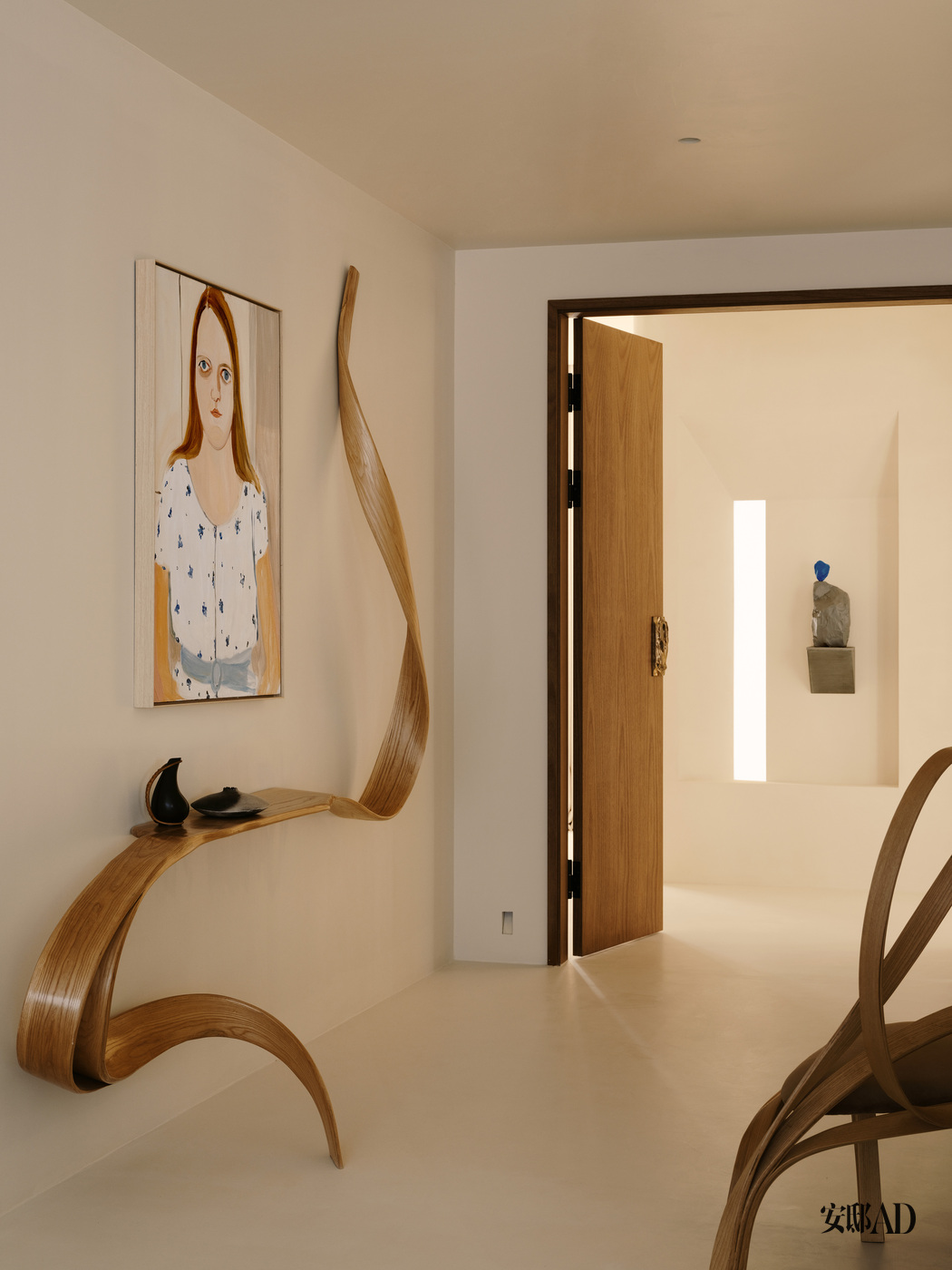

Living Room: Where Art and Life Meet
The living room opens up with dramatic floor-to-ceiling windows. Sunlight pours in, highlighting low sofas and curved lounge chairs, which are designed for relaxation. A round white coffee table from 101+ serves as the room’s heart, while Vanessa Barragão’s recycled wool rugs bring texture and warmth. Artworks climb the walls in organic patterns, echoing vines in nature. Sculptural lighting by Ingo Maurer and a vintage Riflessione floor lamp add layers of elegance.
Delicate yet bold architectural lines—like the floating mezzanine and curvilinear balcony—add a sense of sculptural drama to the space. The neutral palette, dominated by creams and soft blush tones, allows the statement chandelier and coral suspension cords to pop with a playful sophistication.
Here, Chinese interior design shows its strength in combining comfort with a sense of cultural richness. Every piece serves a purpose while enhancing the artistic soul of the room. The design seamlessly transitions into the dining area, where soft forms and muted hues continue the narrative of quiet luxury.
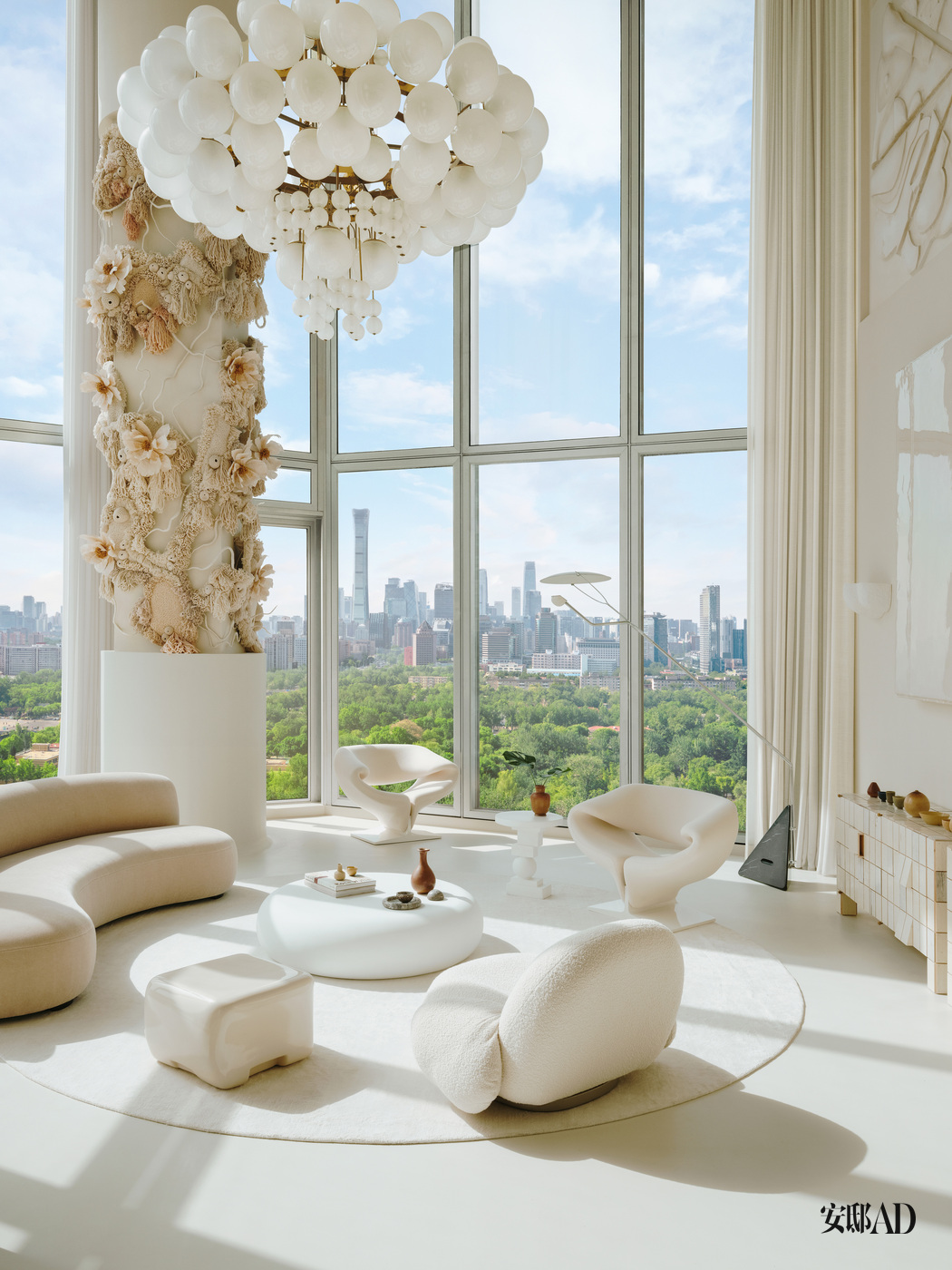

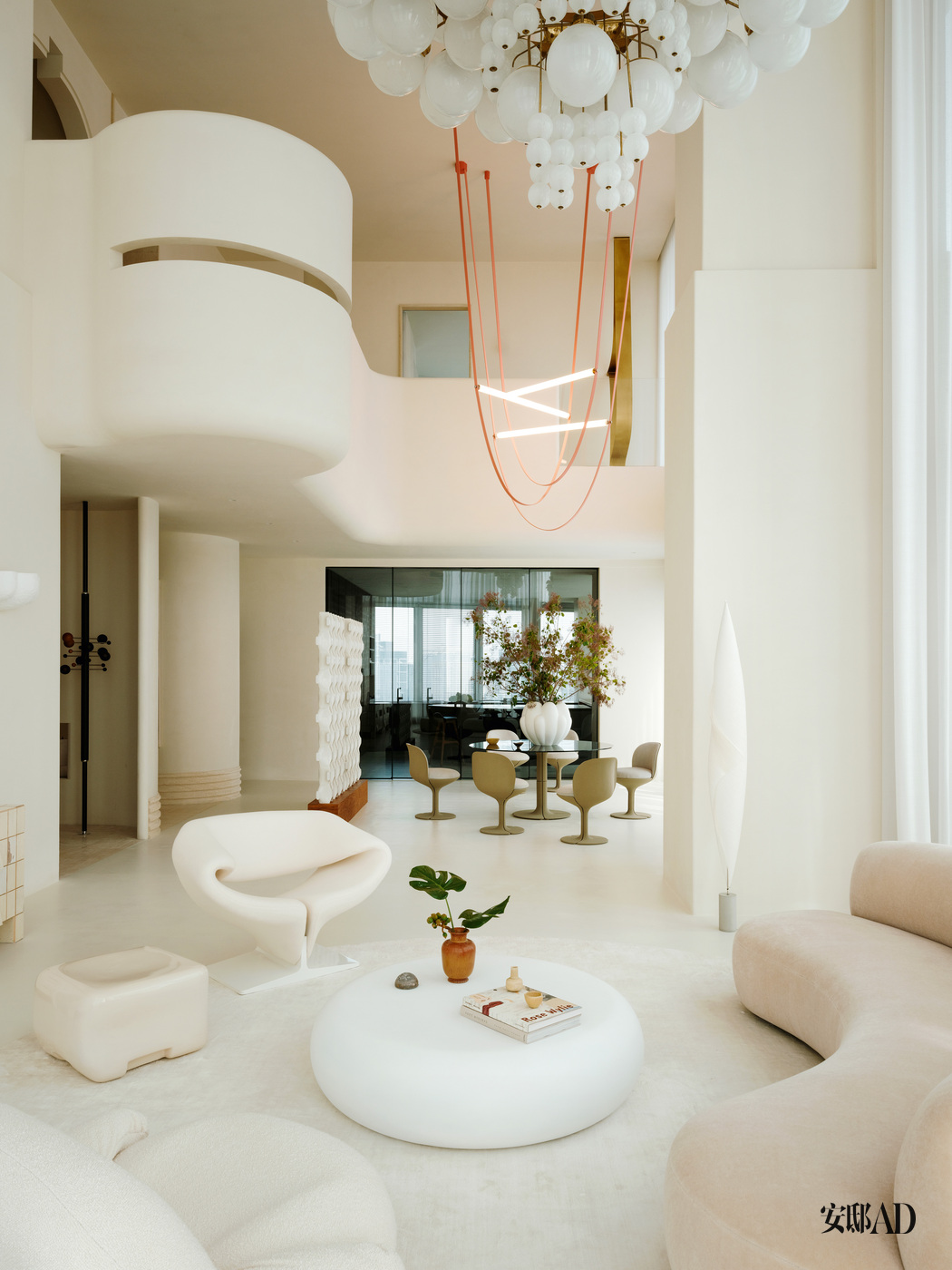
Kitchen and Dining: Practical Beauty
The kitchen exudes quiet luxury. Sleek marble countertops contrast with warm wooden bar stools by Sergio Rodrigues, bridging rustic charm with modern refinement. Open shelving displays delicate Korean ceramics by Honggu Park, adding subtle cultural depth. In the dining area, an Élysée Table paired with sculptural chairs from Paulin Paulin Paulin exudes timeless sophistication. Metallic accents catch the light, creating a gentle shimmer.
Just beyond, the dining space is framed by floor-to-ceiling sheer curtains that let natural light pour in. A sculptural vase with sprawling blossoms anchors the round glass table, bringing a soft organic touch. The muted beige chairs and minimalist décor emphasize harmony, while a striking overhead light installation adds a playful contemporary edge.
Here, Chinese interior design reveals its genius for harmonizing beauty and functionality.
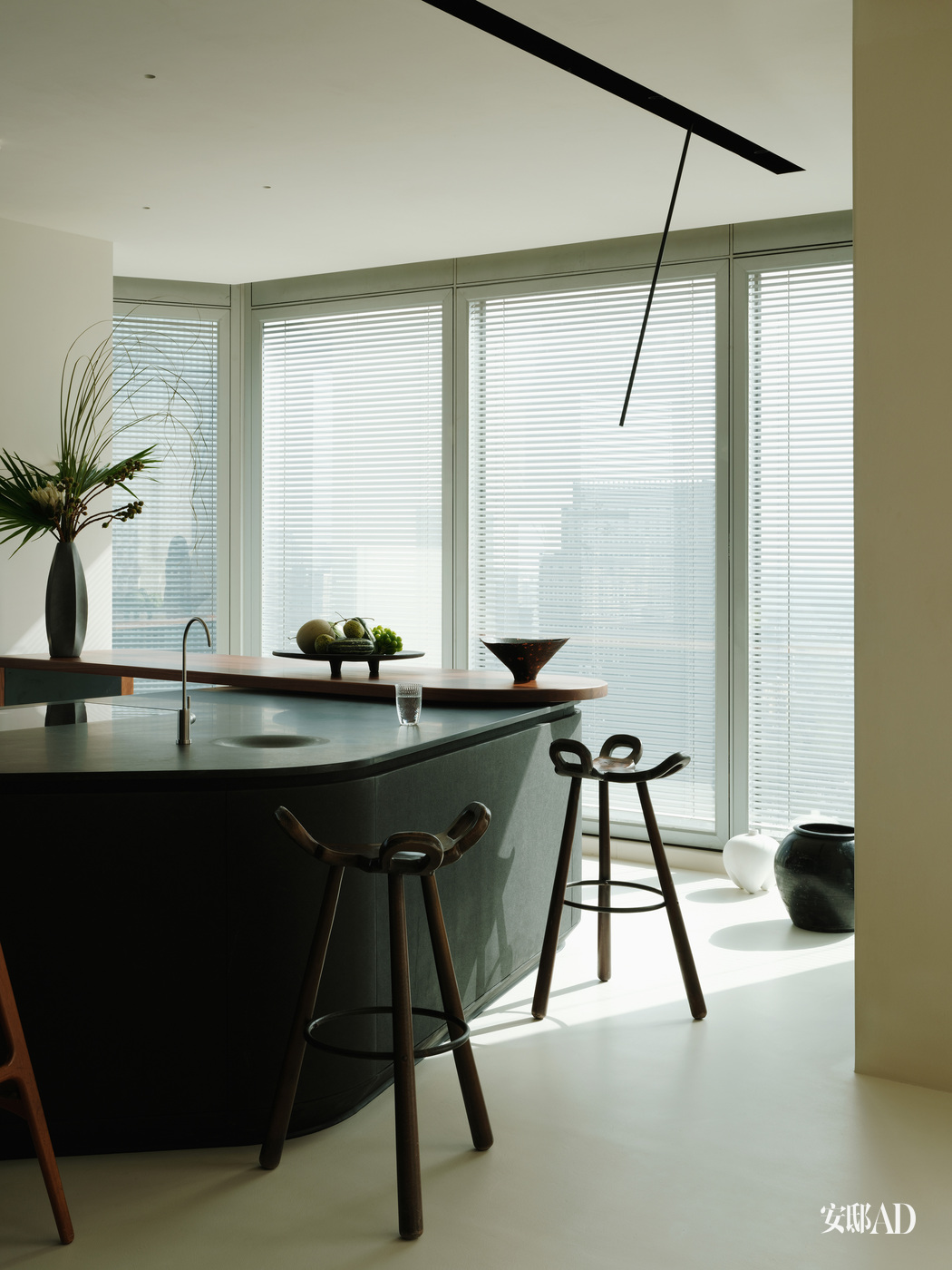
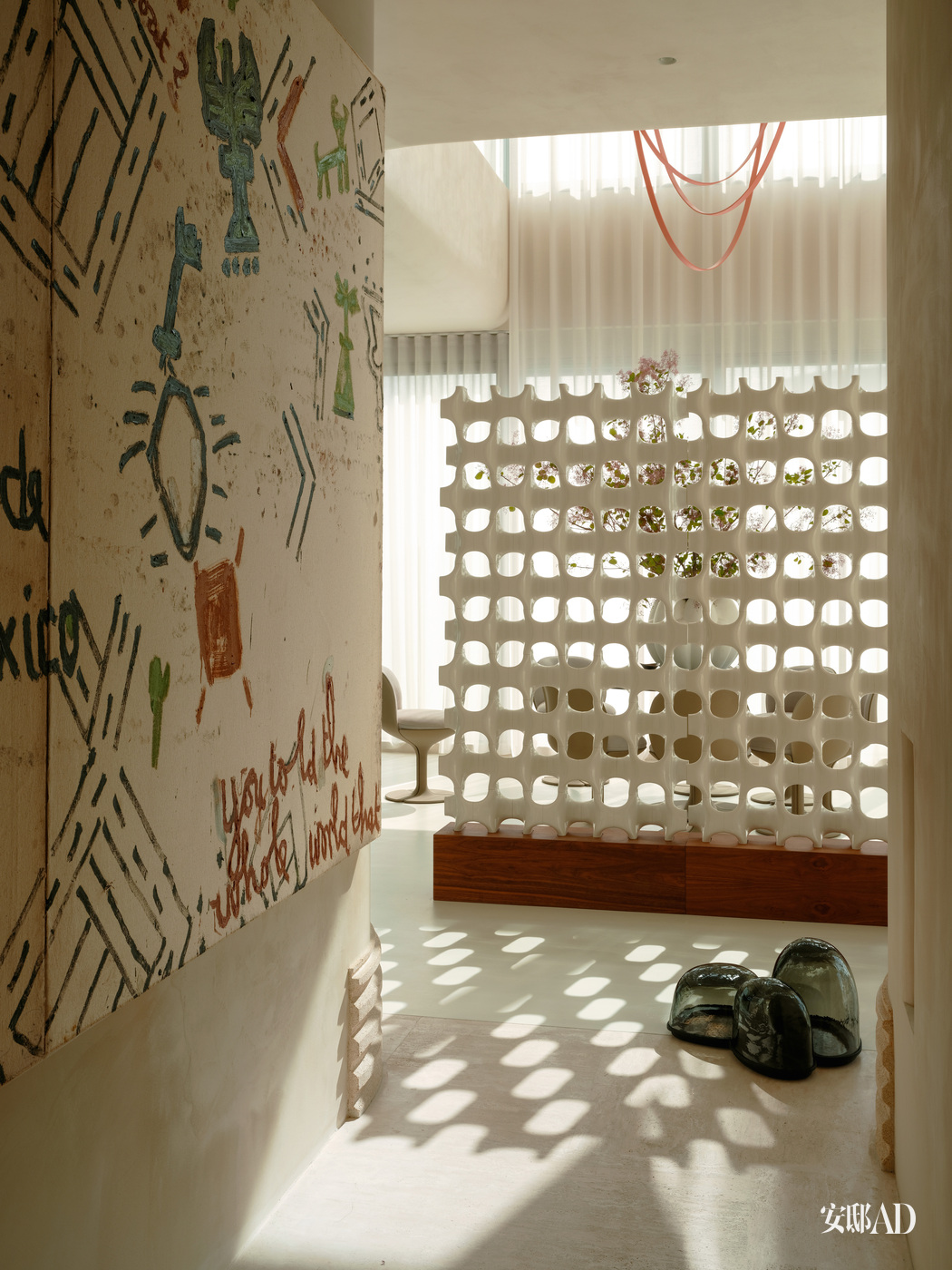
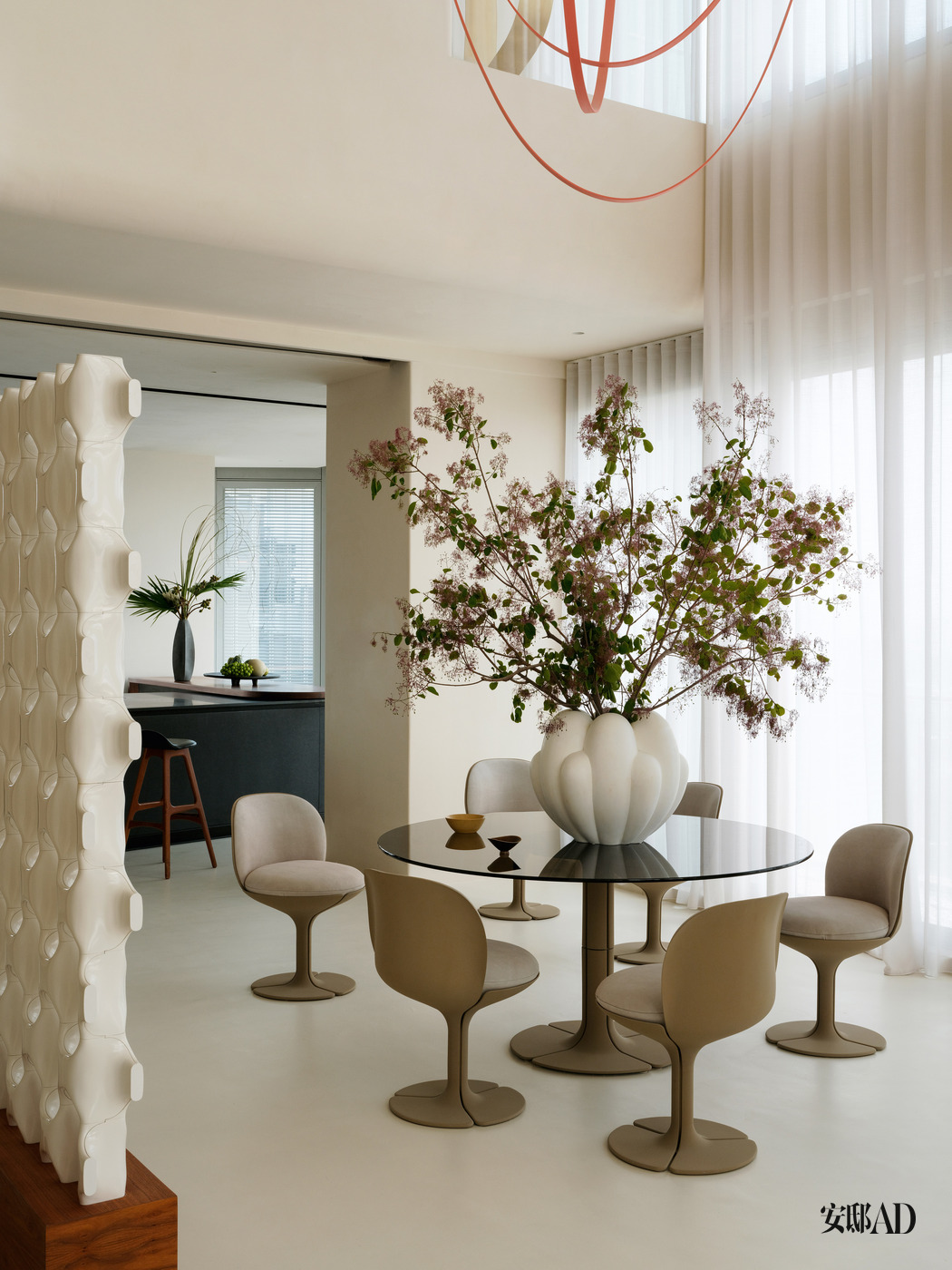
Staircase: A Journey Through Light and Form
The staircase transcends its function, becoming a striking art installation. Hanging lamps by Ronan and Erwan Bouroullec add dramatic elegance. Bas-relief patterns along the walls evoke a sense of movement and flow.
At the top of the stairs, the gallery opens into a sunken lounge anchored by a bold geometric blue seating area. The sculptural form of the sofa creates a sense of depth and playfulness, while small round tables rest lightly on its folds. Minimalist decor—including a plaster bust and ceramic vase—adds artistic punctuation without overwhelming the space. Light streams in through tall windows, emphasizing clean lines and soft shadows that evoke calm and spaciousness.
On the third floor, a sun-drenched gallery awaits. Anish Kapoor’s luminous blue hemisphere commands attention, while Marianne Hesselbjerg’s “The Aluminum Lake” sculpture adds sculptural intrigue. Minimalist furnishings keep the focus on the art, letting light and space take center stage. This floor embodies the most luxurious trait of Chinese interior design: a deep respect for openness, light, and curated artistry.
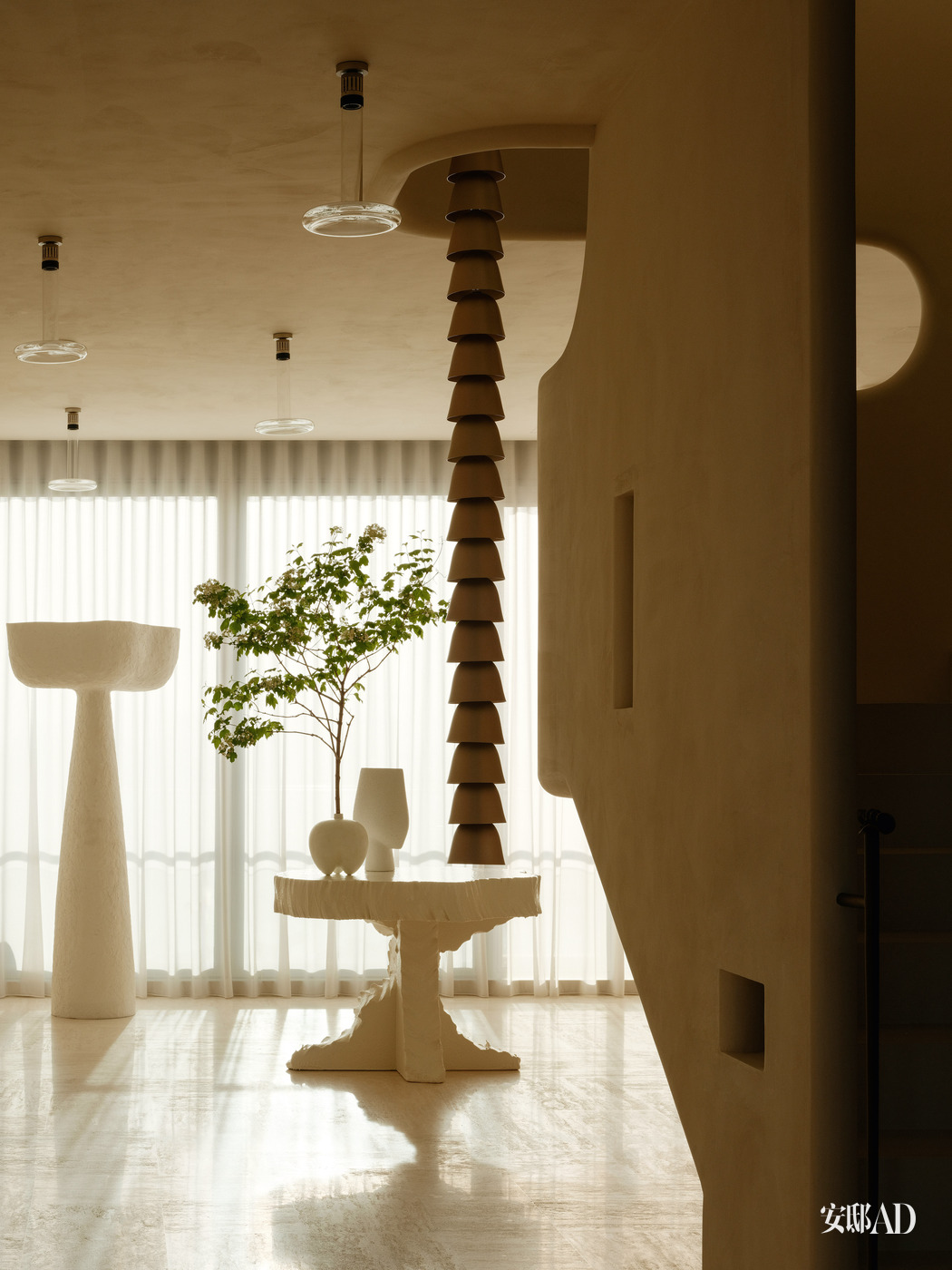
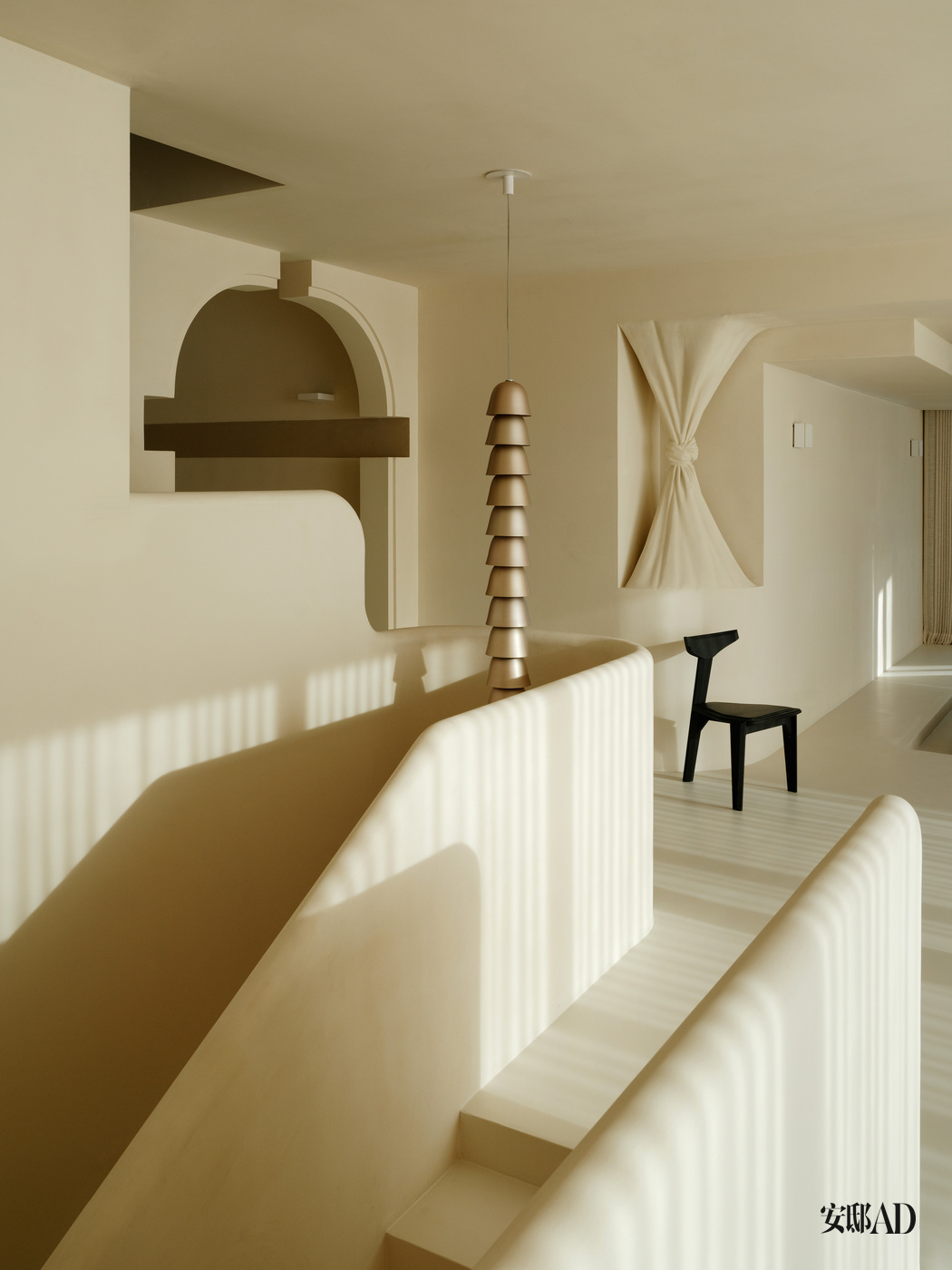
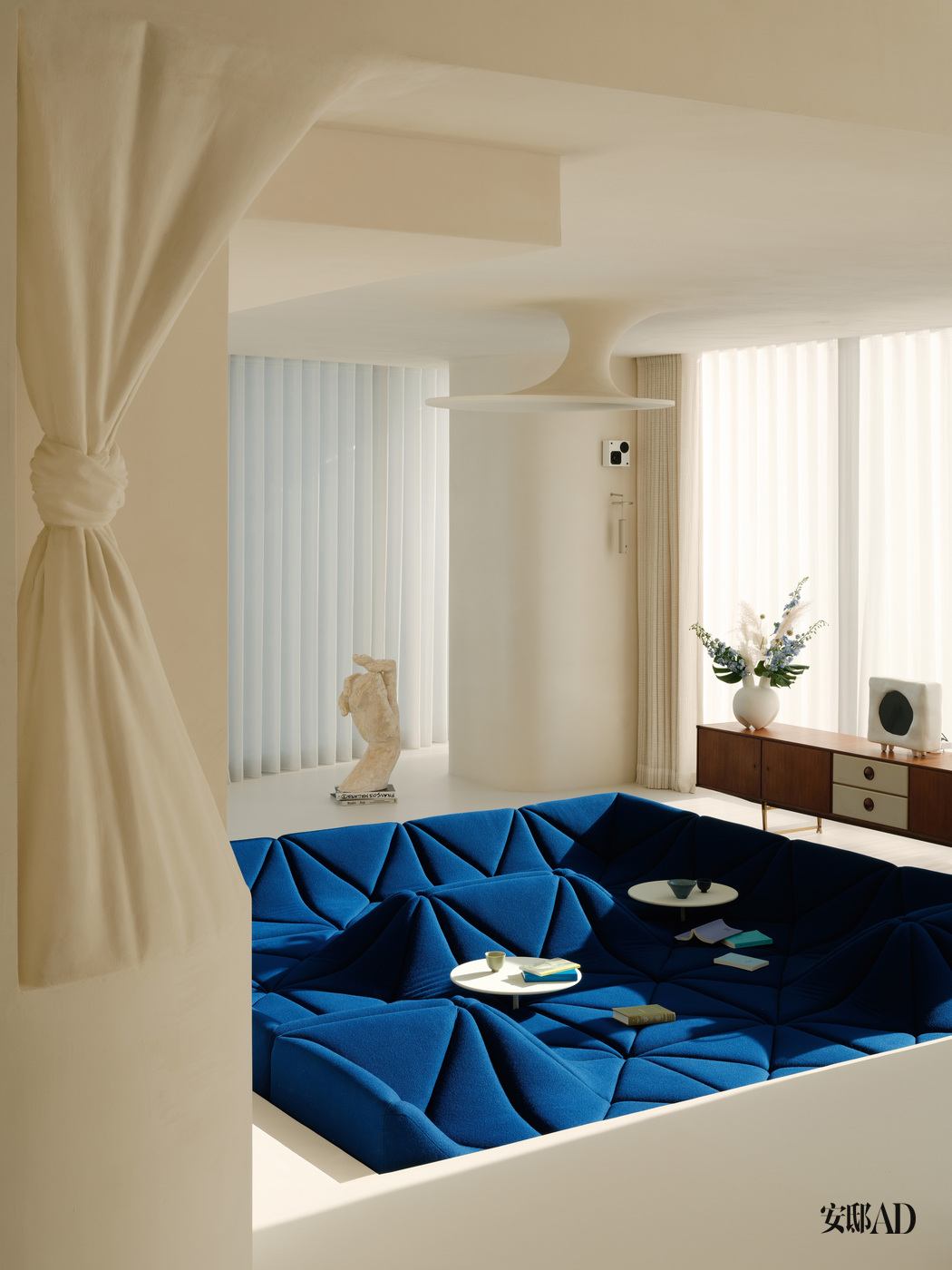
Third Floor Gallery: Space for Reflection
At the top, a sunlit gallery offers a serene escape. Floor-to-ceiling windows flood the space with light, giving an airy, open feeling. Anish Kapoor’s blue hemisphere draws the eye, while “The Aluminum Lake” sculpture by Marianne Hesselbjerg provides intrigue and movement.
The minimalist furniture allows art and light to take center stage. Here, Chinese interior design showcases its luxurious side—not through excess, but through thoughtful space, light, and curation. This gallery feels like a retreat for the mind and spirit.
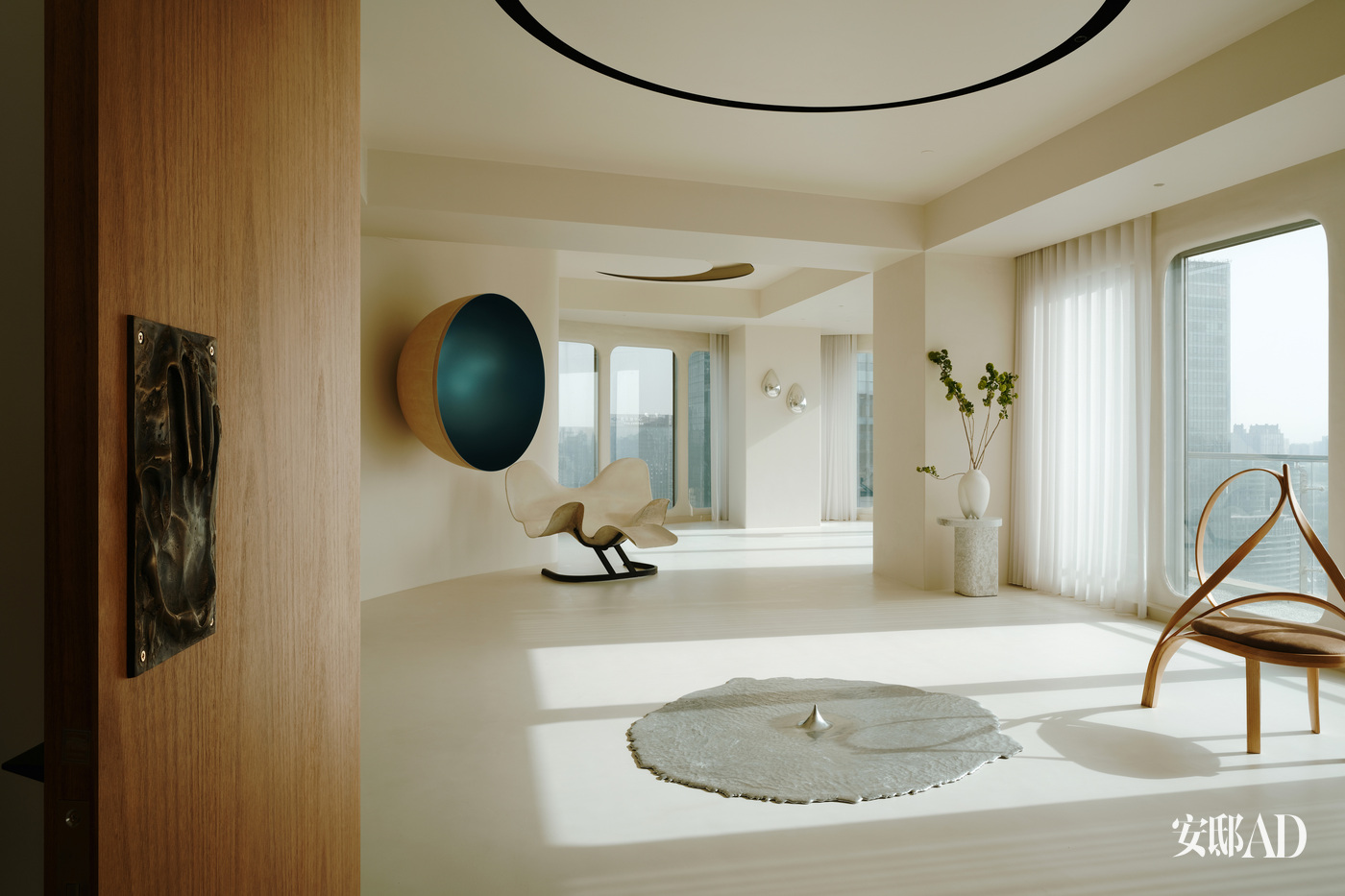
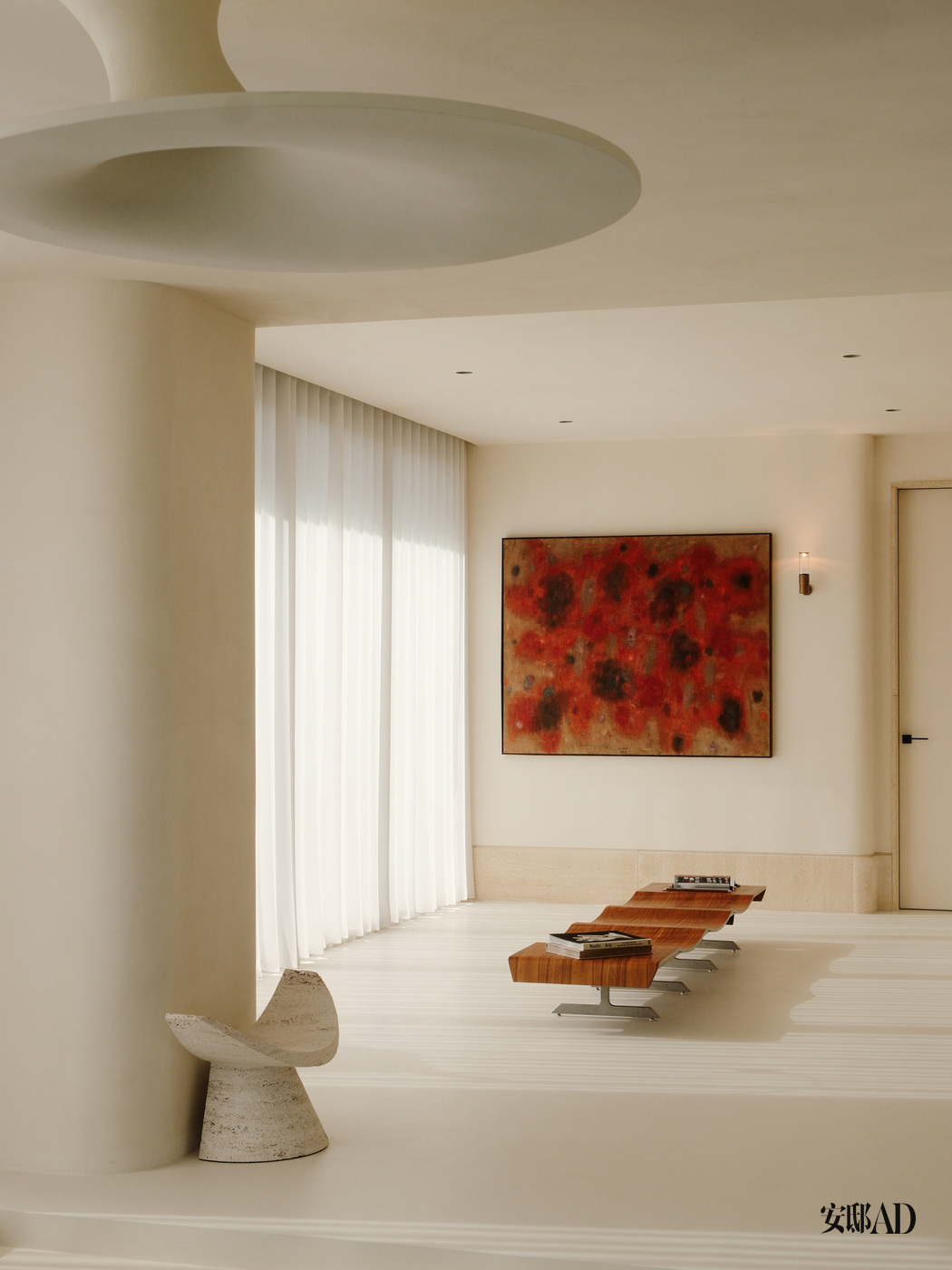
Bedroom: A Personal Sanctuary
The bedroom exudes calm with its neutral tones and soft textures. An upholstered bed by Bonaldo invites for restful sleep. Tactile fabrics and warm lighting create an intimate atmosphere.
Floor-to-ceiling windows frame panoramic views of the city, bringing nature and skyline into the heart of the space. The low platform bed echoes the horizontal lines of the landscape, grounding the room in quiet elegance.
A Cestita Batería lamp by Santa & Cole adds a gentle glow, while a subtle wall sculpture by Richard Stone provides a quiet focal point. This room shows how Chinese interior design creates sanctuaries that nourish both body and soul. Beauty and comfort are perfectly balanced.
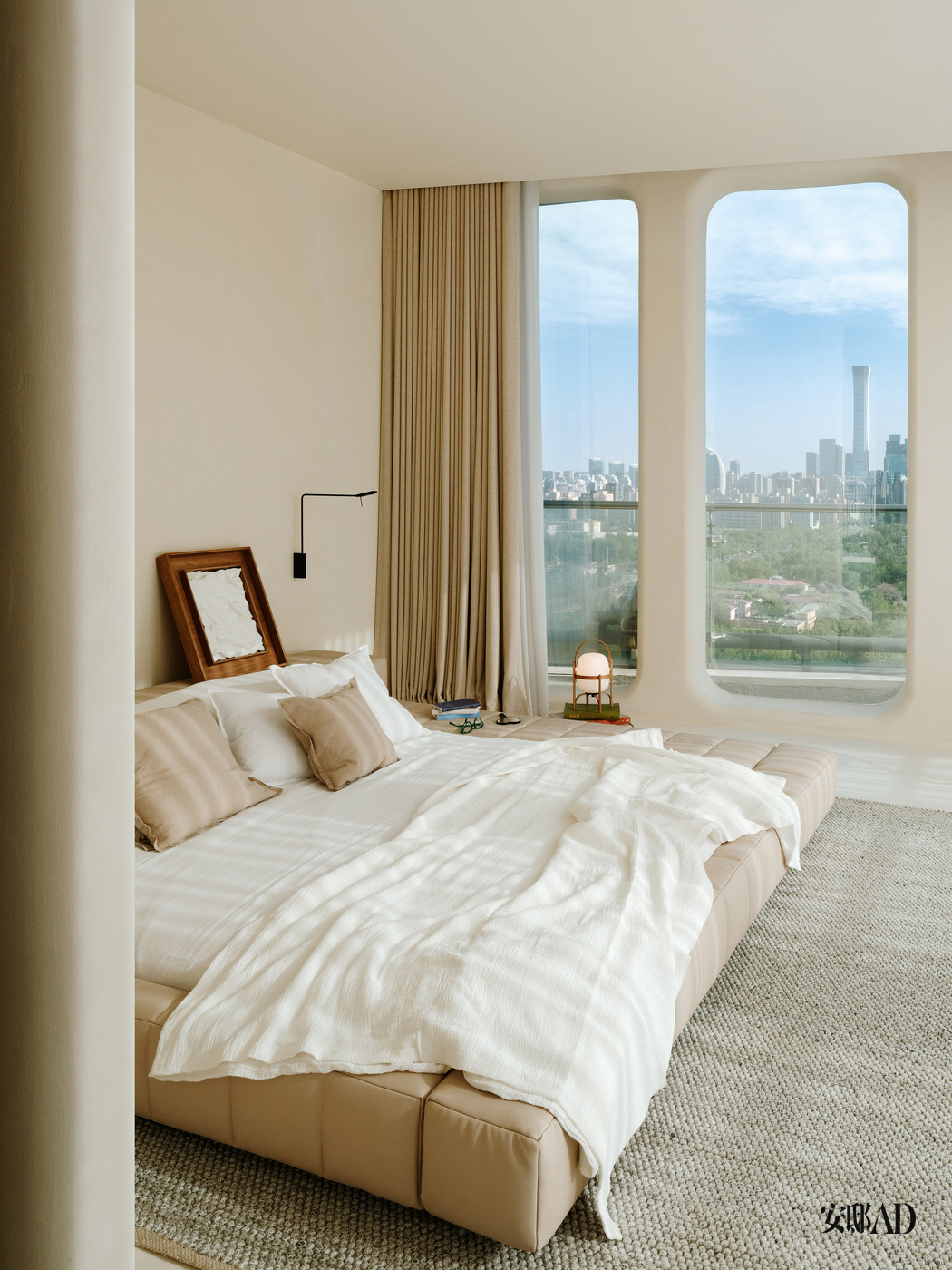
Bathroom: Minimalism with Luxurious Details
The bathroom mirrors the home’s refined tone. Frameless mirrors and stone countertops give a clean, modern look. Fixtures from FIAM and Glas Italia bring understated sophistication. Sculptural chrome wall panels create a sense of movement and fluidity, echoing the organic forms found throughout the home. Striking red pendant lights add a bold vertical accent, offering contrast against the soft beige and black palette.
Soft lighting and concealed storage keep the design uncluttered. Even in this functional space, Chinese interior design elevates daily routines into serene, spa-like moments.
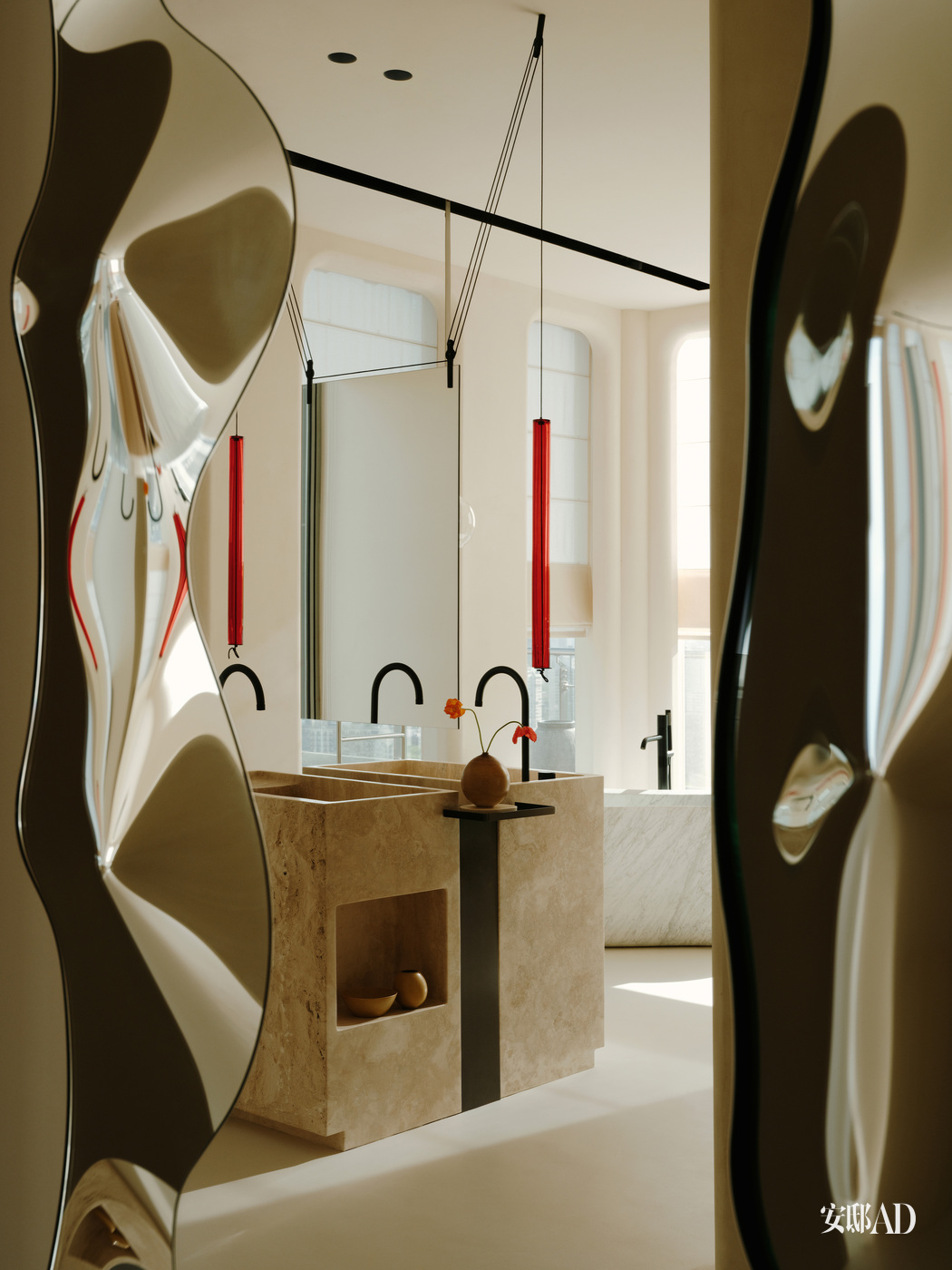
A Home That Breathes Art and Life
This residence is more than walls and furniture. It is a living artwork where design, nature, and culture grow together like a vine. Wang Ju’s approach seamlessly blends the poetic with the practical, demonstrating that Chinese interior design can effectively incorporate both modernity and tradition.
Every room reflects Jian Xia’s love for art, family, and harmony. Furniture, colors, and textures evoke a timeless yet contemporary feel. Light flows freely, creating spaces that nurture both the eye and the spirit.
In the world of Chinese interior design, luxury is not about excess. It’s about thoughtful curation, where every detail holds its meaning. This home stands as a masterclass in balance, beauty, and artistic living.
Dreaming of a serene and soulful home? Get our Summer Poem eBook and discover how color, texture, and handcrafted details can transform your space into a luxurious, art-inspired sanctuary.

Source: ADStyle
